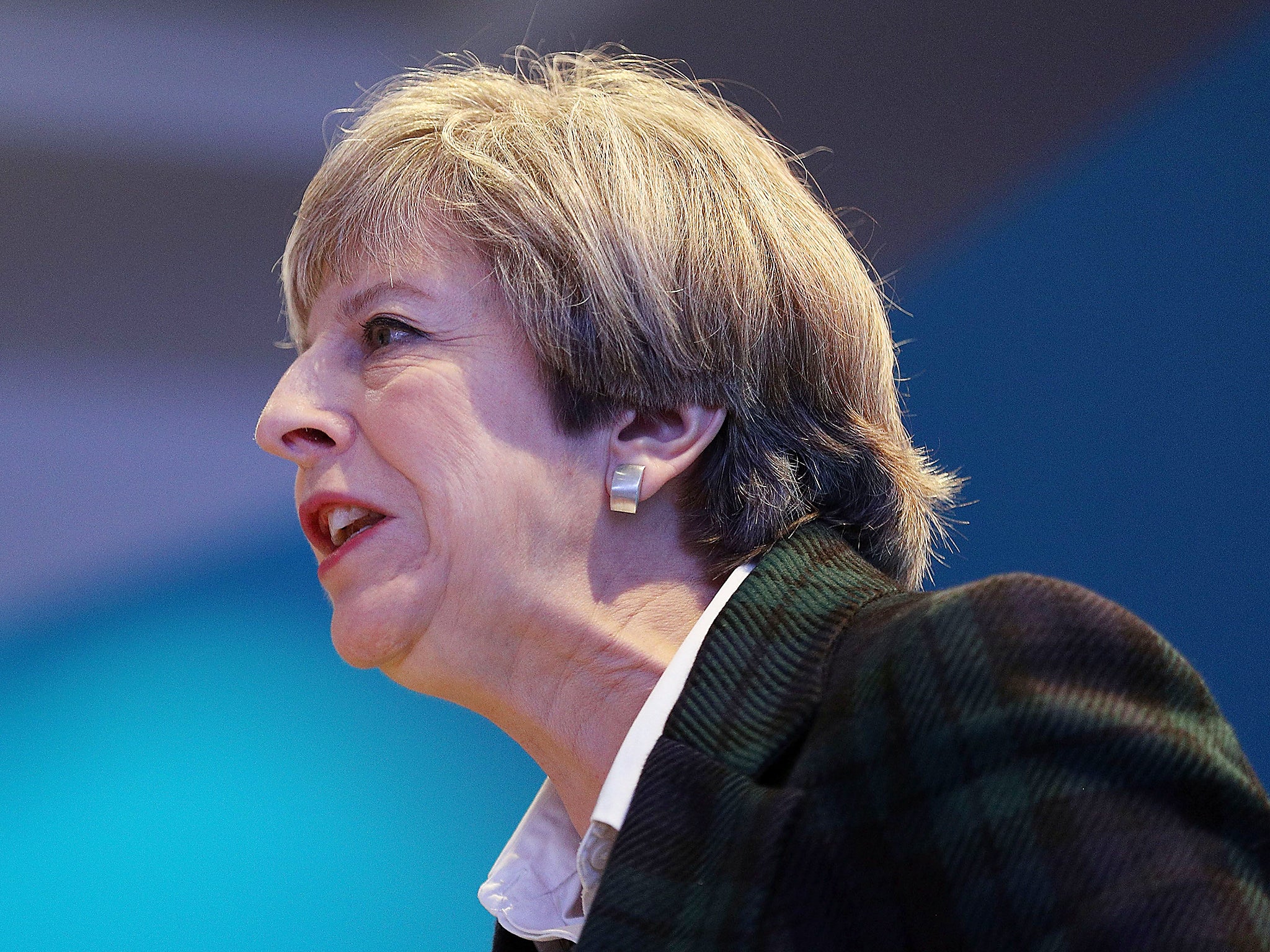Conservatives' rebrand as 'party of the workers' failing as they struggle to shake off 'nasty' tag, poll shows
Exclusive poll shows 47 per cent of the public think Labour would best represent the working class

Your support helps us to tell the story
From reproductive rights to climate change to Big Tech, The Independent is on the ground when the story is developing. Whether it's investigating the financials of Elon Musk's pro-Trump PAC or producing our latest documentary, 'The A Word', which shines a light on the American women fighting for reproductive rights, we know how important it is to parse out the facts from the messaging.
At such a critical moment in US history, we need reporters on the ground. Your donation allows us to keep sending journalists to speak to both sides of the story.
The Independent is trusted by Americans across the entire political spectrum. And unlike many other quality news outlets, we choose not to lock Americans out of our reporting and analysis with paywalls. We believe quality journalism should be available to everyone, paid for by those who can afford it.
Your support makes all the difference.Theresa May has failed to convince the public that the Conservatives are “the party of the workers”, according to an exclusive poll for The Independent by ORB.
Despite the Prime Minister’s election pitch to “ordinary working class people”, the public believes by a margin of 2-1 that Labour would do the best job of representing the working class.
Only 19 per cent of the bottom DE social group and 23 per cent of C2 skilled manual workers believe the Tories would best represent the working class, while 46 per cent and 43 per cent name Labour respectively.
A majority of people in the North West, North East, Yorkshire and Humberside and Wales, all being targeted by Ms May, think Labour would be the best party for the working class. Even 26 per cent of people who voted Tory at the 2015 election say Labour would do the best job, while half of them (52 per cent) choose the Tories.
Overall, 47 per cent of the public think Labour would best represent the working class, while 23 per cent opt for the Tories and 4 per cent the Liberal Democrats.
Tory strategists insist the Prime Minister is broadening the party’s appeal. She has campaigned in several traditional Labour areas and launched the Tory manifesto in Halifax on Thursday. She has promised “the greatest extension of rights and protections for employees by any Conservative government in history”.
Ms May, who admitted in 2002 that the Tories were seen as “the nasty party”, has not yet convinced voters that the label no longer applies.
According to ORB, only one in three people (35 per cent) agree that the Conservatives can no longer be called “the nasty party”, while the same proportion disagree and 30 per cent neither agree nor disagree. Only 12 per cent strongly agree with this statement but 21 per cent strongly disagree.
One in 10 people who voted Tory at the last election believe the “nasty” tag still applies, while another 20 per cent are not sure and 70 per cent say the party can no longer be called “nasty”.
Labour and the Lib Dems claimed this week that the Tories are still “the nasty party”. Their supporters appear to agree. Only 13 per cent of Labour and 23 per cent of Lib Dem voters in 2015 believe the label no longer accurately describes the Tories.
According to ORB, only one in three people (34 per cent) agree that a Conservative landslide next month would be good for the country, while 39 per cent disagree and 27 per cent neither agree nor disagree.
While two in three people who voted Tory two years ago think a landslide would be good for the country, the same proportion of Labour voters and 60 per cent of Lib Dem voters in 2015 disagree.
ORB’s findings suggest that the warnings by rival parties and their individual candidates that Ms May is on course for a landslide could potentially reduce her majority. Three in 10 people (28 per cent) say the prospect of a Conservative landslide means they would consider voting for another party, including 15 per cent of 2015 Tory voters, 45 per cent of Lib Dem and 41 per cent of Labour supporters. But 42 per cent of people, including 70 per cent of Tory voters last time, would not consider backing another party.
Ms May seems to have persuaded the public that winning a big majority next month would strengthen her hand in the Brexit negotiations. By a margin of 2-1, they agree that she is likely to get a better deal for the UK if she enjoys a big majority (48 per cent to 25 per cent). One in four 2015 Labour voters (27 per cent) agree with this proposition.
Some 49 per cent of people believe the Tories would do the best job in getting a good Brexit deal, including one in four 2015 Labour voters. One in five people (19 per cent) say Labour would get the best deal, while 6 per cent say the Lib Dems would.
The Tories are well ahead on the economy. Some 47 per cent say they would do the best job, including 17 per cent of 2015 Labour voters and 34 per cent of Lib Dem supporters. Only one in four people (26 per cent) name Labour.
However, many people appear to doubt the Tories’ credentials on health. Some 29 per cent think the party would do the best job on the NHS while 43 per cent believe Labour would, including one in five people who voted Tory two years ago.
ORB interviewed 2,095 adults across the UK on Wednesday and Thursday
Join our commenting forum
Join thought-provoking conversations, follow other Independent readers and see their replies
Comments